한식 읽기 좋은 날
Vol 28. Bokbunja & Subak - Jeolla-do
Introduction of traditional liquor
Liquor of June
Jeonggojib yetnal saengdongdongju
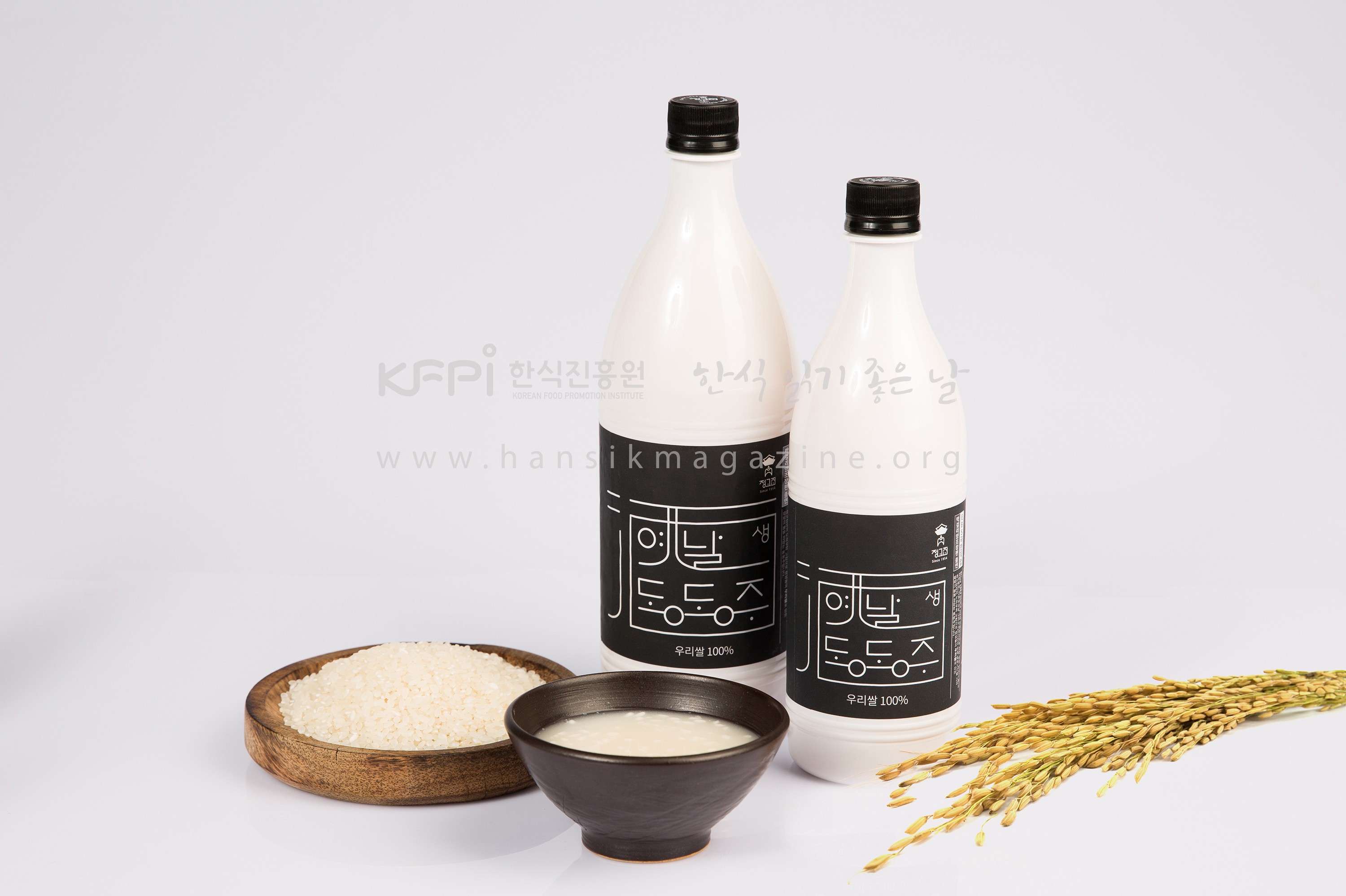
As the drinking-alone and drinking-home have settled down a natural everyday practice, the interest in healthy and delicious liquor is growing. It is now time that with a little more interest paid, you can easily get and try any liquor from any region.
Liquor of June is the liquor made from grains growing on the fertile soil of the Southern area, which is one of the old-style fresh rice wine by stubborn Jeong brewed with sincerity and stubbornness in the Southern area.
Similar to makgeolli but different, Dongdongju
Dongdongju and Makgeolli are similar but different kinds of rice wines. The process of mixing nuruk(yeast)1) with water in the hard-boiled rice, and mixing well and fermenting it for 2 weeks, is the same. In the fermentation process, the grains of hard-boiled rice will suck the nuruk water, and then be fermented, and sink under the liquor pot, and only a part of the grain remains on the surface. When these remaining grains are poured out with alcohol, it is Dongdongju. The name Dongdongju was given in the sense that 'rice grains are floating as 'Dong-dong'. It is also known as buuiju 浮蟻酒 as it looks like ants are floating in the water, or buaju 浮蛾酒 because it looks like the moth is floating.
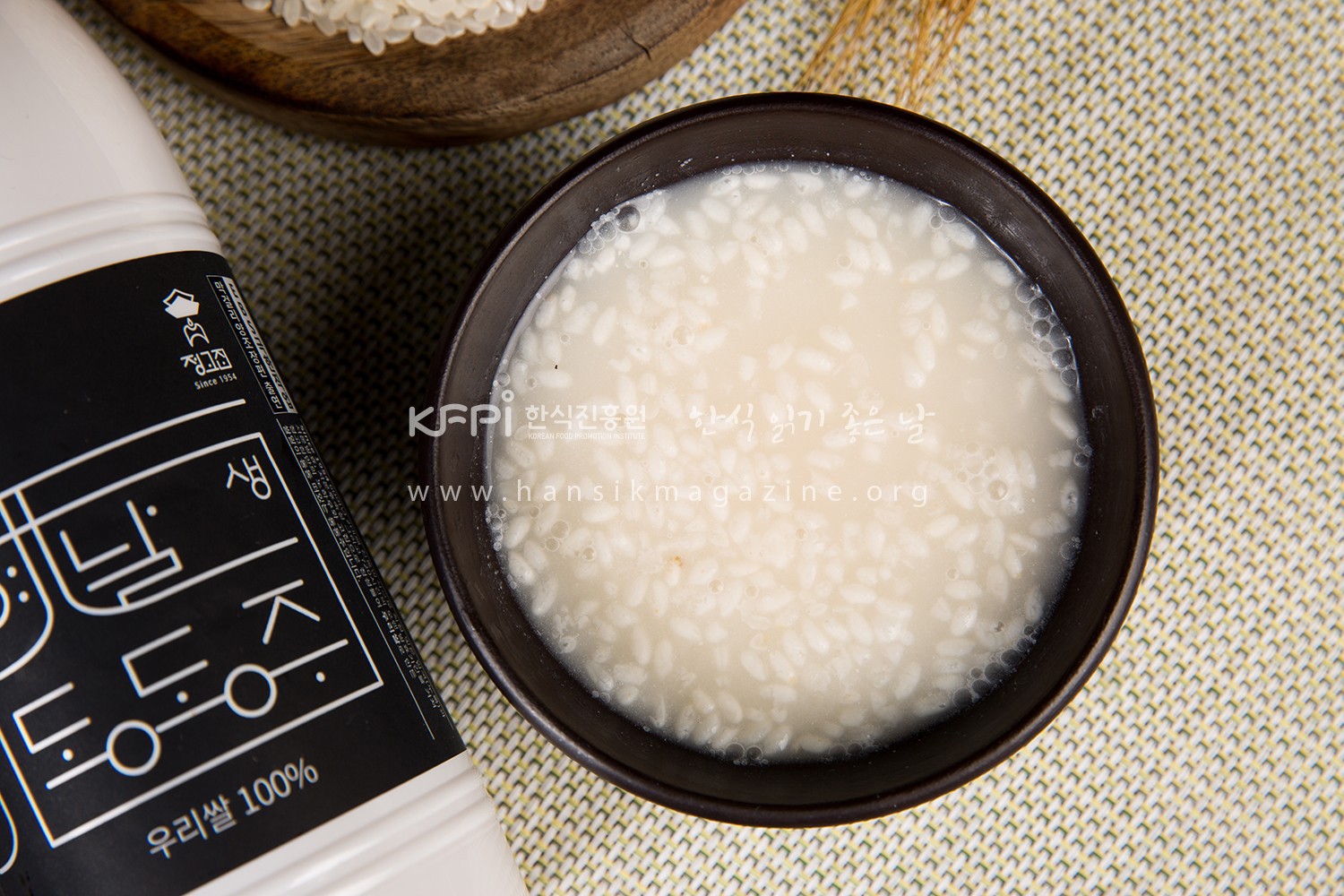
Liquor enjoyed since the Goryeo Dynasty
Based on the records remaining in Mokeunjip 牧隱集, Dongdongju is estimated to have existed since the Goryeo Dynasty. It is also found in various ancient writings of the Joseon Dynasty such as <Gosachoalyo>, <Eumsikdimibang>, <Sanrimgyungjae>, and <Yangjubang> etc so that we can understand it was the liquor people enjoyed from the Goryeo Dynasty to the Joseon Dynasty.
Mr. Jeong Haeshik, the founder and the first brewer of Namdotakju, started brewing in 1954 at the young age of 16. His brewing recipe, which has been kept for over 60 years, has been handed down to the representative of the second brewer, Jeong Naejin, and its value and know-how are contained in the current collection of Jeonggojib yetnal seangdongdongju. (hereinafter referred to as "Jeonggojib yetnal seangdongdongju" of Jeonggojib dongdongju).
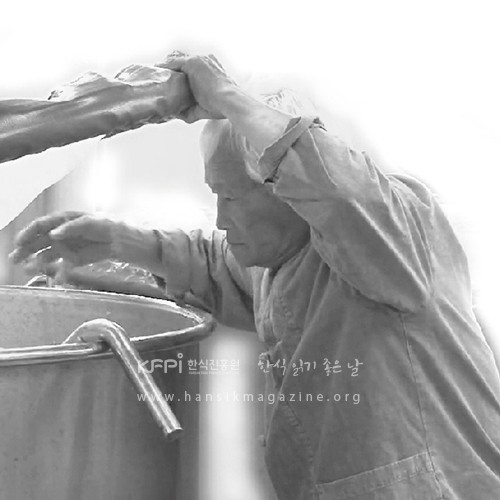
The difference by waiting for 720 hours
Jeonggojib dongdongju is made with Baekseolgi(Snow White Rice Cake) and steamed rice together and directly, so it goes neatly and softly, and the deep taste from the long fermentation period is excellent. The phrase “the difference waiting for 720 hours” refers to the fermentation period of 30 days (720 hours) after the last immersion, excluding the preparation and fermentation period. Compared to mass-produced makgeolli, which usually goes through a 15-day fermentation period, you can feel the authenticity of the brewery that takes time and taste it deeper.
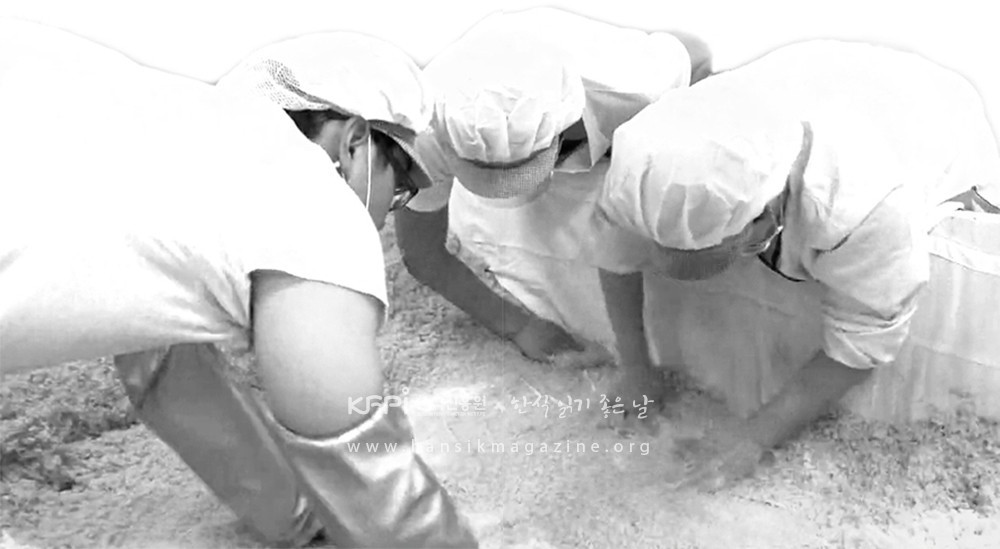
In addition, the Jeonggojib dongdongju additionally uses yeasts 1 and 2 of the 10 kinds of makgeolli brewing yeasts produced by the Korea Food Research Institute in addition to the yeast used in the past. It is the uniqueness of these yeasts that they have a floral and fruity flavor. That is why you can feel the scent of natural fruits such as bananas and pear or apples along with the soft and plain taste of grains from jeonggojib dongdongju. In addition, instead of using traditional yeast, it uses Yibguk2), the improved yeast made directly, to keep the taste as consistent as possible despite seasonal changes.
Liquor of Southern areas along with food from Southern areas
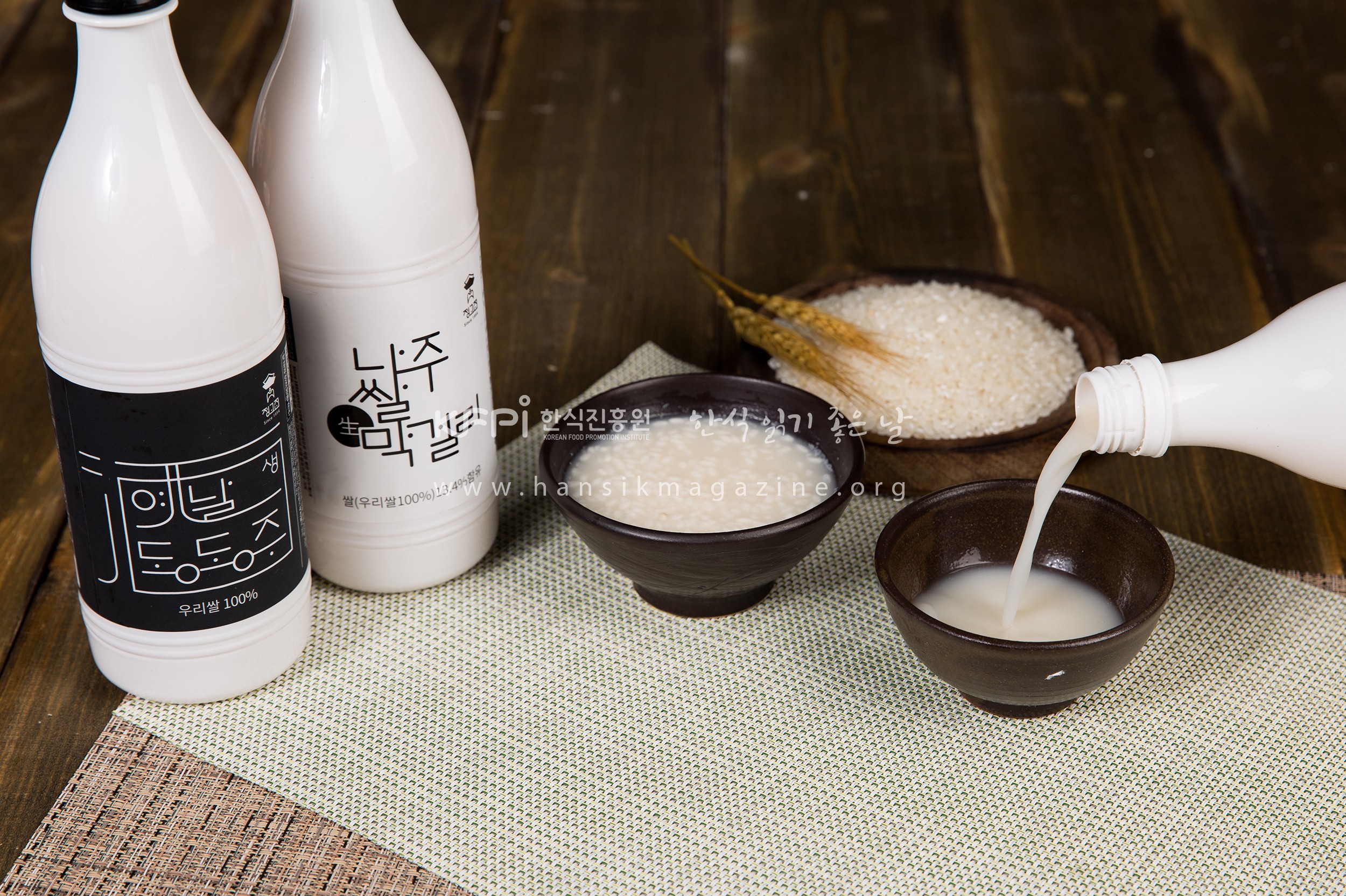
Jeonggojib dongdongju is the liquor of southern areas, so it would be better to take with the food from southern areas. How about taking it together with the foods with deep and rich taste (with 'gaemiga itneun' in Jollado's local dialect) such as hongeosamhap(Skate, Pork, and Kimchi Combo) with tohajeot(salted toha shrimp), bakdaegui(grilled tongue sole), kkomakjeon(pan-fried cockles), kkomakdechim (cockle blanching) etc. Of course, pajeon(green onion cake) or muchim(seasoned vegetables) goes well with Dongdongju.
It is an era of daily living in the country where traditional liquor of a whole country spreads easily and everywhere. It is the time when we are exhausted in many ways, but in the coming summer, let's talk about a variety of stories with valuable people while sharing a glass of cool liquor that has just been carefully filtered at the brewery.
1) Nuruk:
It is made by propagating bacteria floating in the air into grains.
Various fungi and yeast interact to produce a liquor with a deep taste and rich aroma.
2) Yipguk:
It is artificially incubated by sprinkling bacteria after steaming rice or wheat flour, which maintains the taste of liquor consistently.
[Reference]
Encyclopedia of Korean Culture
Editorial Dept.










